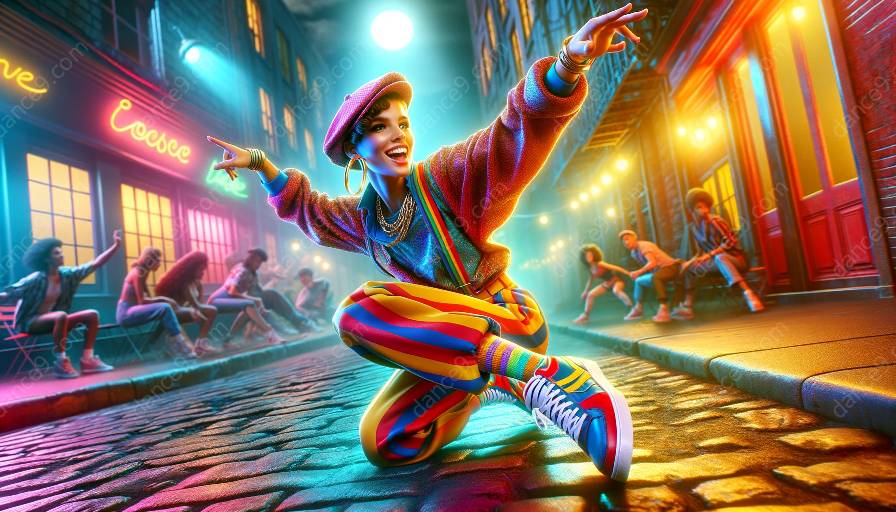Locking is a vibrant and energetic dance style that originated in the 1970s, characterized by rapid and rhythmic movements, distinctive pauses, and the use of locking techniques to create visually captivating performances. In this comprehensive guide, we will delve into the fundamentals and techniques of locking, exploring its history, style, and execution.
The History of Locking
Locking, also known as Campbellocking, was created by Don Campbell in Los Angeles. He developed this dance style by combining various dance influences, including traditional African dances, tap, and salsa. The energetic and athletic nature of locking quickly gained popularity, and it became a staple of the funk music and dance scene in the 1970s.
Fundamentals of Locking
Understanding the fundamentals of locking is essential for mastering this dance style. The primary elements of locking include:
- The Lock: The lock is a distinct movement in locking where the dancer freezes in a pose, creating tension in the body while keeping the rhythm of the music. This technique is often used to punctuate and accentuate sequences of movements.
- Syncopation: Syncopation is a fundamental aspect of locking, involving the synchronization of movements with the rhythm of the music. Lockers often utilize abrupt pauses and shifts in timing to create dynamic and visually striking choreography.
- Fluidity and Control: Locking requires a balance of fluidity and control, with dancers seamlessly transitioning between high-energy moves and precise, controlled poses.
Techniques of Locking
Mastering the techniques of locking involves honing a combination of specific moves and styling:
- Pointing: Lockers often use pointed feet and hands to create sharp lines and visually striking shapes.
- Waving: Waving involves creating flowing, wave-like motions with the arms and body, adding a dynamic visual element to locking performances.
- Pantomiming: Locking often incorporates pantomiming, where dancers use exaggerated gestures and facial expressions to tell a story or convey emotion through their movements.
Applying Locking Techniques to Dance Classes
Locking techniques can greatly enhance dance classes by adding diversity and energy to the choreography. Instructors can incorporate locking fundamentals and techniques into their classes to inspire creativity and provide students with a well-rounded dance education. By introducing locking, students can develop a deeper understanding of rhythm, musicality, and performance art, while also building strength, agility, and coordination through dynamic and engaging movements.
These techniques also encourage individual expression and creativity, empowering dancers to explore their unique style and personality through the vibrant and captivating art of locking.













































































